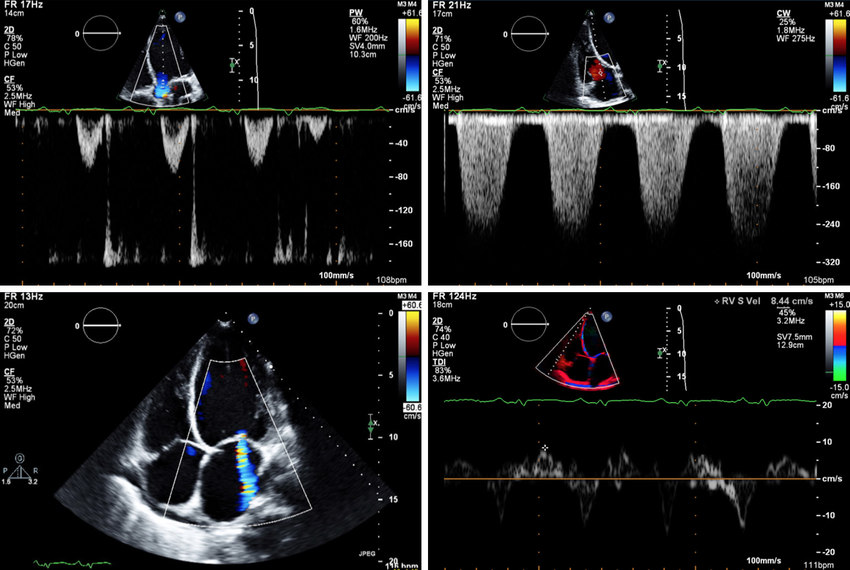In the field of ultrasound medicine, Pulsed Wave (PW) Doppler and Continuous Wave (CW) Doppler are two essential techniques for measuring blood flow, each with unique characteristics and applications.
Key Differences
Pulsed Wave Doppler technology uses the same crystal (or group of crystals) to alternately transmit and receive ultrasound waves. This method allows it to spend less time on transmission and more time on reception, achieving high distance resolution and targeted blood flow measurement at specific depths. However, the maximum display frequency is limited by the pulse repetition frequency, making PW Doppler susceptible to aliasing when detecting high-velocity blood flow, which can adversely affect assessments of conditions like mitral stenosis and aortic stenosis.
In contrast, Continuous Wave Doppler employs two sets of crystals, where one set continuously transmits ultrasound waves while the other continuously receives echoes. This characteristic gives CW Doppler a very high velocity resolution, allowing it to detect fast blood flow effectively, making it ideal for monitoring rapid flow situations. However, its main drawback is the lack of distance resolution, making it impossible to specify the exact location of the blood flow.
Diagnostic Applications
PW Doppler is commonly used for evaluating heart valve diseases, cardiac function, and small vessel blood flow characteristics due to its ability to precisely localize flow.
On the other hand, CW Doppler is widely applied in diagnosing heart conditions, peripheral arterial diseases, and assessing fetal heart blood flow, particularly when monitoring high-speed blood flow.
Choosing the Right Ultrasound Equipment
When selecting ultrasound equipment with Doppler capabilities, consider the following factors:
● Application Needs: Clarify clinical requirements and choose the appropriate Doppler type. For analyzing blood flow at specific locations, opt for PW Doppler; for detecting rapid flow, choose CW Doppler.
●Technical Specifications: Pay attention to the pulse repetition frequency, maximum detectable blood flow speed, and signal-to-noise ratio to ensure the device meets diagnostic requirements.
●Image Quality: Select equipment that provides high image quality and stability to ensure accurate blood flow analysis.
●User-Friendliness: The operating interface and data analysis features should be straightforward to enhance clinical efficiency.
●Manufacturer Support and Training: Choose manufacturers that offer good after-sales service and training support to ensure the equipment can be effectively used and maintained.
By delving into the differences between Pulsed Wave and Continuous Wave Doppler, as well as their clinical applications, healthcare professionals can make informed decisions about the most suitable equipment, ultimately improving diagnostic accuracy and efficiency.

